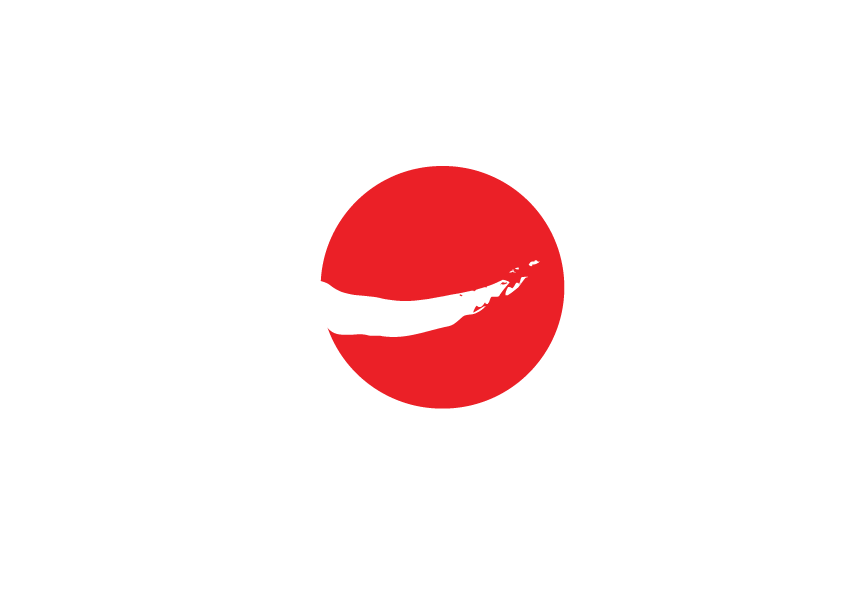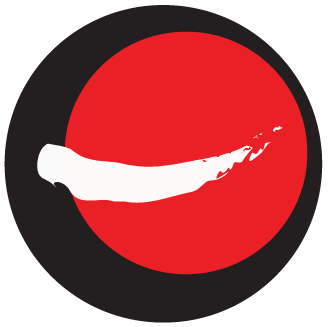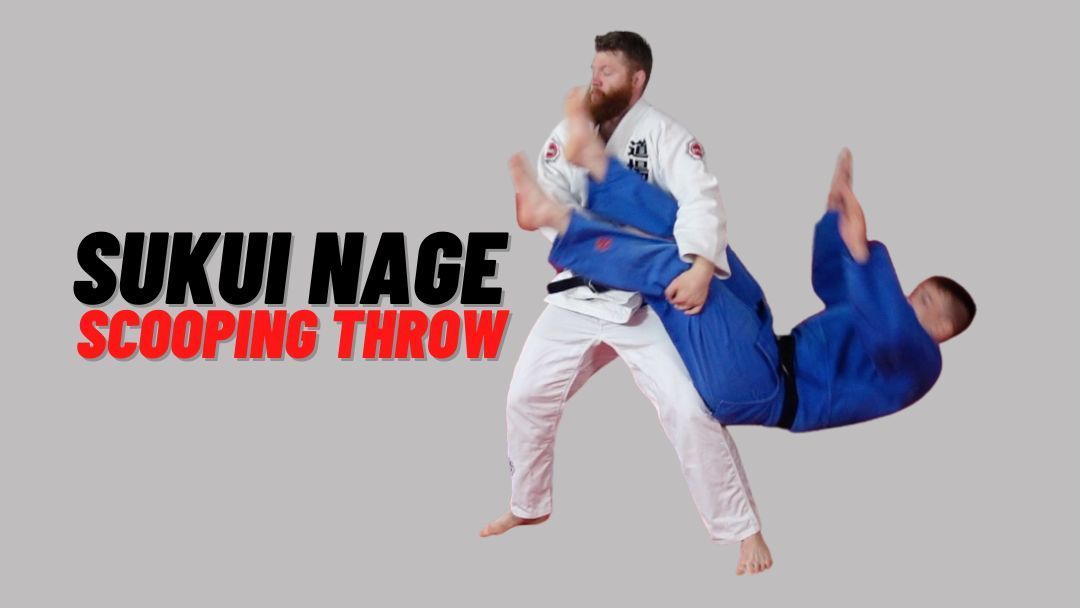Judo Grade System and Requirements
The Judo grade system is one of the ways that you will be rewarded for your learning progress in the dojo.
The belt is a display of your knowledge and understanding of the different techniques, how they work and your ability to demonstrate them.
The requirements to progress grows with each new grade you attain; the closer towards your black belt you get the more that is required from you.
What is the Judo Grading System?
The Judo grading system is split into two main categories for adults, Kyu Grades and Dan Grades.
For children (under 16 years old), the system is called Mon grades.
Kyu Grades are considered “Leaner” Grades and are made up of 5 different coloured belts; Yellow, Orange, Green, Blue and Brown.
When you first start learning Judo, you will be given a white belt and from here, as your knowledge grows, you will start to progress to higher grades and will be awarded a different coloured belt.
The Mon grades usually follow the same colour scheme as the Adult Kyu grades. However, there might be some slight difference in certain countries, for example split belt colours, half yellow and half orange, for an incremental grade between full belt colours.
The Dan Grades are considered “Senior” Grades, and this is when you will receive your coveted Black Belt.There are 10 Dan Grades in total, made up of three different variations; 1st-5th Dan Black, 6th, 7th & 8th Coral and 9th & 10th Red.
There are two main ways you will be able to achieve your black belt, as a competitive Dan Grade or as a Technical Dan Grade. There is an age restriction on when you can be awarded your black belt, as there is the understanding that a person should have a certain level of maturity to hold this grade.
What is the History of Grading in Judo?
Dan Grades were first introduced in 1883, where Judoka were awarded their black belt once they were ready for their grading.
This system developed over the years and Kyu Grades were introduced. Initially, the Kyu Grades were structured:
- New students: Light Blue Belt
- 5th & 4th Kyu: White Belt
- 3rd, 2nd & 1st Kyu: Adults wore a Brown Belt, Youths wore a Purple Belt
A monthly contest was held at the Kodokan, and students were awarded their grades based on their results.
The coloured belt grading system that you are more familiar with today, was first introduced in England in the mid 1920s.
This system of grading invented by Jigoro Kano has been so successful, it has been taken up by other martial arts and even other sports, who have adopted a ranking system based on the same concept.
This kyū/dan system is still the most widely used today.
If you want to learn more about the history of the grading system in Judo, the IJF have a very interesting article that can be found here
What are the Steps of the Grade System?
The basic steps of the grading system are based around you showcasing your knowledge, understanding and application of the different techniques.
You will have to learn the different throws, holds, turnovers, armlocks and strangles (the last two are only learnt and practiced by adults), how to apply them and then you will demonstrate them at grading in front of a qualified instructor.
For Kyu grades, this is usually done in your club by your instructor.
Dan gradings are conducted by the regional or even national grading authority and often require you to either compete, demonstrate technique, perform Kata or all all three.
What Are the Requirements for Grading?
Each belt requires you to demonstrate the new techniques and theory you have learnt as well as everything from the previous grade.
You can find how the requirements for each grade are broken down here.
How Long Does It Take to Move Up the Judo Grades?
With regular, focused study and training you should be able to complete the Kyu Grade system in 5 years. You can achieve your black belt quicker, but it will depend on how much effort you put into your study, in and out of the dojo. The time you must spend on each grade gets long the further you progress.
How Can You Get Help with Your Judo Grading?
As a Judoka, you have a lot to learn both in and out of the dojo. This can feel very intimidating when trying to progress through the grading system.
This is why I created the Judo Way of Life Technique Library, specifically to help Judoka like you. In the library, you will find easy to understand videos of the 40 throws in the Gokyo-no-Waza. This includes Right and Left handed examples, turnovers, holds, armlocks and strangles to help ensure you sail through your gradings as easily and pain-free as possible.
Click here to learn more about how to crush your next Judo grading.
How is the Japanese Grading System Different?
The Japanese grading system still follows the same process of attending monthly contests and the three belt progression.
The majority of the Western World has adopted the coloured belt system to differentiate between the Kyu Grades and either use a contest system or technical system or a combination of both to monitor progress.
It is jokingly said that the reason for this difference is that Westerners require constant validation to feel good about their progress and stay motivated.
Final Notes on the Judo Grade System
It’s important to remember, a grading tests your knowledge of the throws and theory…where as a competition tests whether you are able to actually do the throw or not.It is a great feeling when you are awarded a new belt.
It represents your continued dedication to learning and training.In training, your partners grade is a visual indication so you can adapt to their level and they to yours.
The belt provides you with a moral code, that takes on philosophical dimensions, grounding you with respect and responsibility and prohibiting you from using techniques inappropriately inside or outside of the dojo.
However, you must remember that the belt is not an end in itself, but instead it represents the journey you have undertaken to commit to the pursuit and attainment of knowledge.
And don’t forget, if you want help with your next grading, check out my FREE technical course here

#TRAINHARDTHROWHARD
Vision
“Nothing under the sun is greater than education. By educating one person and sending him into the society of his generation, we make a contribution extending a hundred generations to come.” – Kano Jigoro “Far better it is to dare mighty things than to rank with those poor timid souls who know neither victory nor defeat.” – Hanging on the wall at Bacup Judo Club
Mission
To build a community who share the common goal of becoming the best versions of themselves.
I will provid you with the necessary knowledge to build the strength & character required to face any challenge, whether that’s on the Judo mat or in the outside world
CONNECT
Contact
Owner and Head Coach at:
ACPE Main Sports Hall, 10 Parkview Drive, Sydney Olympic Park NSW 2127
© Copyright The Judo Way Of Life 2023New Paragraph




